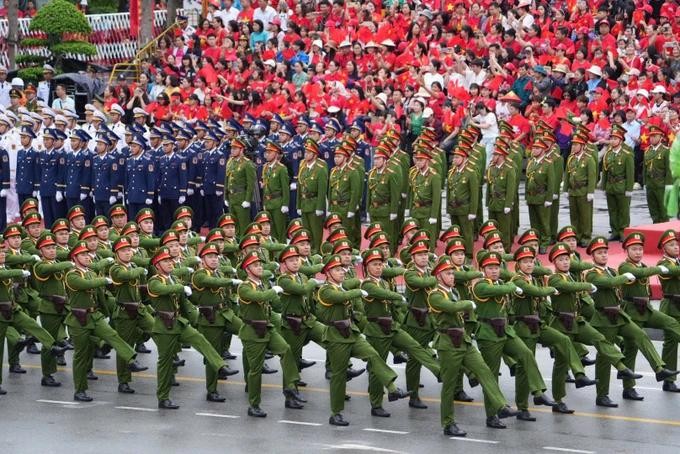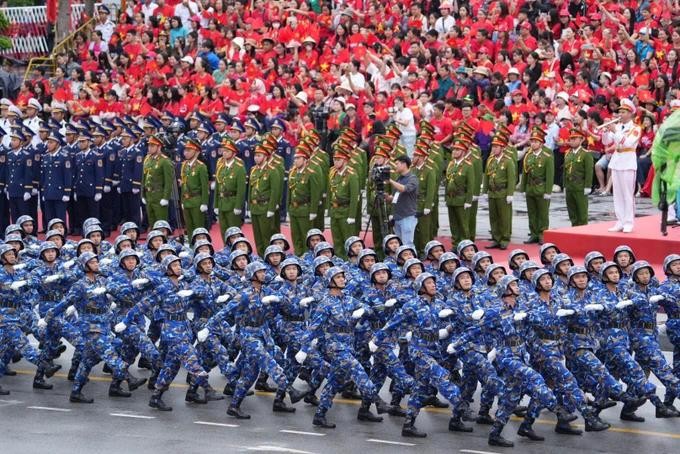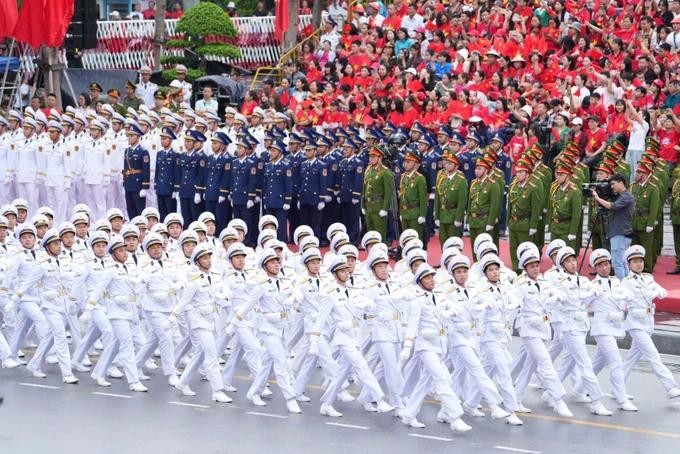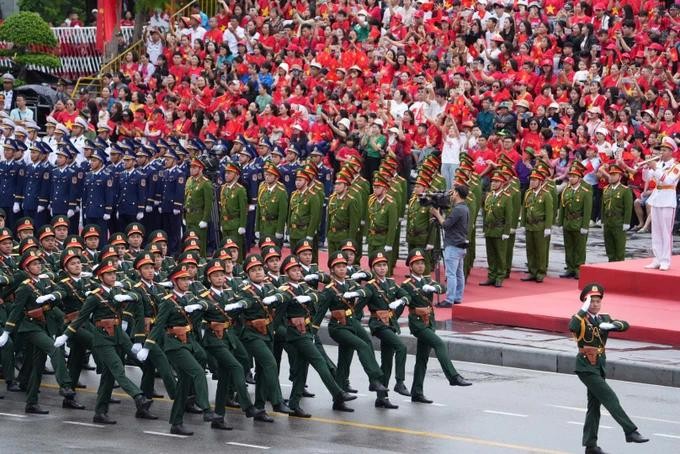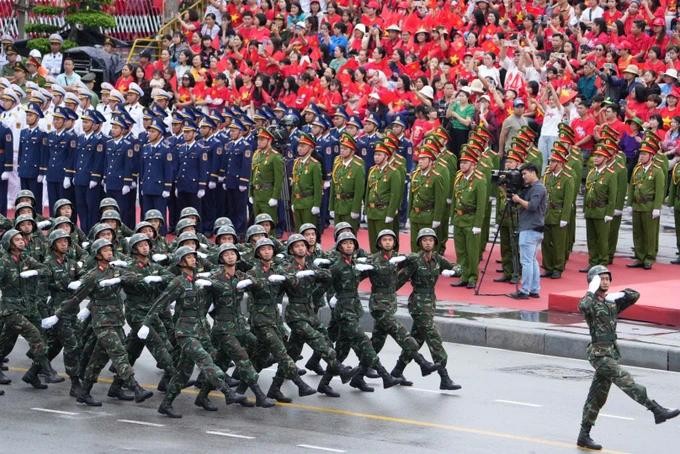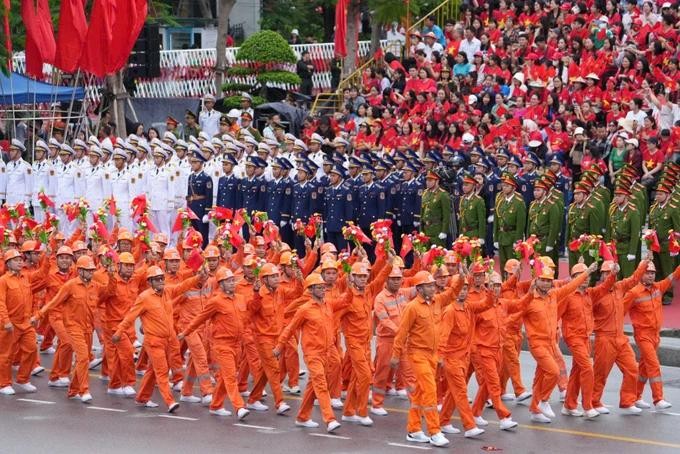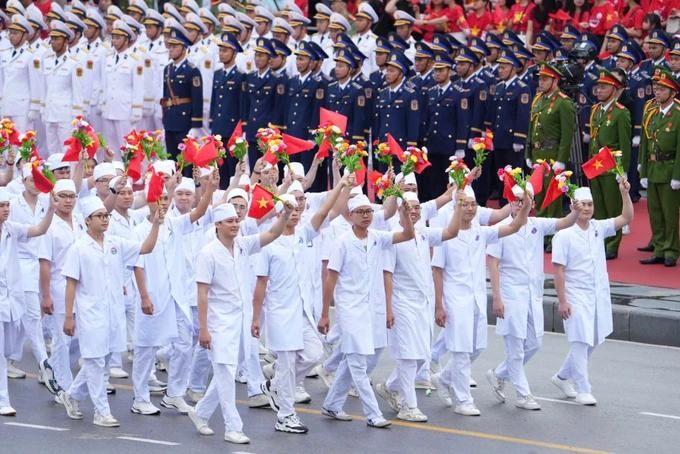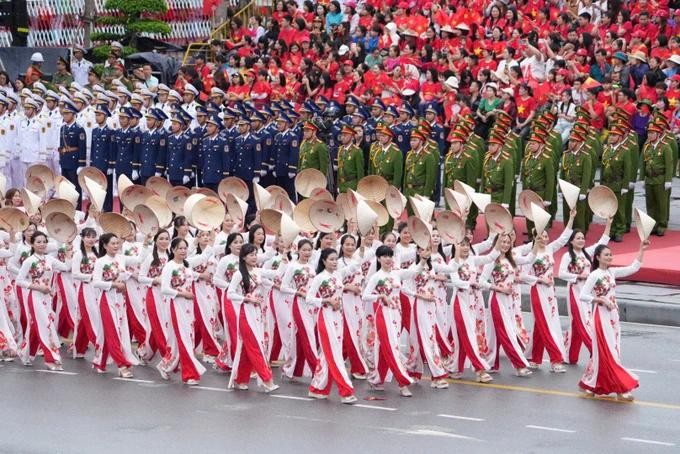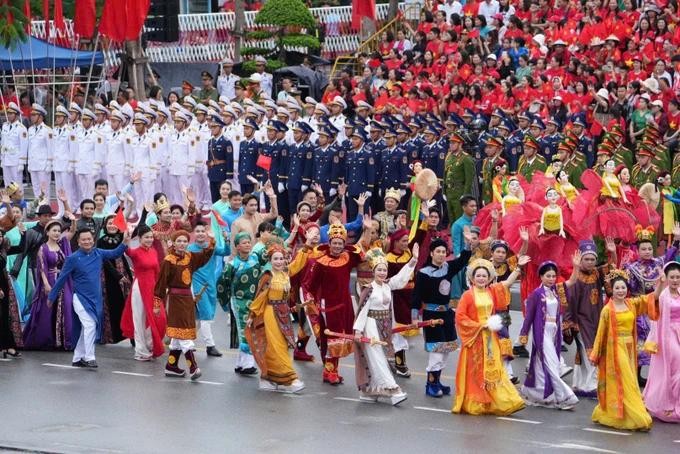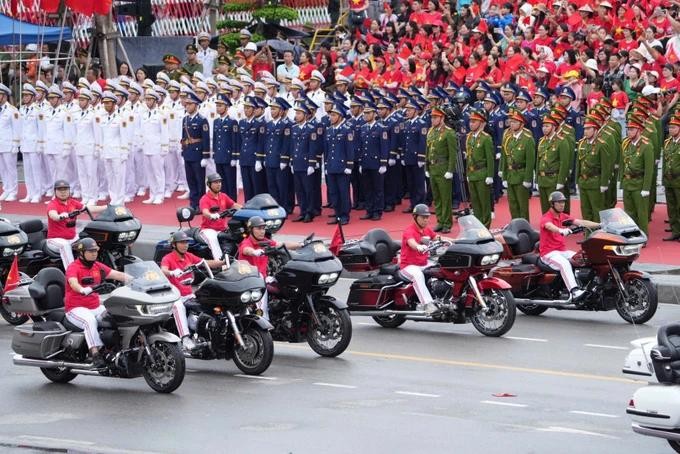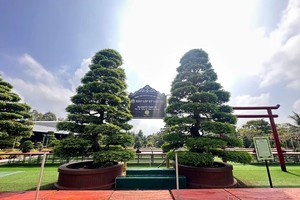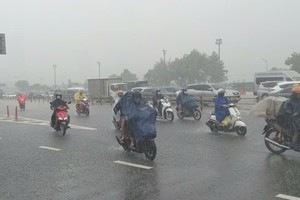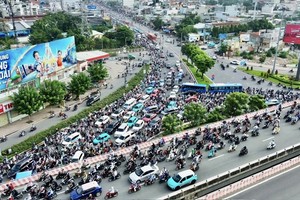After the 1954 Geneva Accords, Hai Phong was one of the last localities in the North still under the control of the French colonialists. As stipulated by the Geneva Accords, within 300 days, the French military forces were to evacuate the North and regroup to the South.
During this 300-day period, from August 1954 to May 1955, Hai Phong witnessed a steadfast and resilient struggle by the Vietnamese military and people on many fronts.

The struggle lasted for 300 days. Until May 13, 1955, when the last French troops pulled out of Hai Phong, ending the struggle for the implementation of the Geneva Accords in the region. The North was completely liberated, entering a new era focusing on socio-economic recovery and the transition to socialism. During the resistance war against the US invaders from 1954 to 1975, the North served as the country’s major rear base, providing comprehensive political, military, economic, and moral support for the southern battlefield.
It was a battle of wits that demonstrated the Party’s steadfast leadership, skillfully combining political, diplomatic, and military strategies with the strength of the people. It forced the French troops to withdraw peacefully, maintaining the infrastructure and the daily lives of the people in the port city.
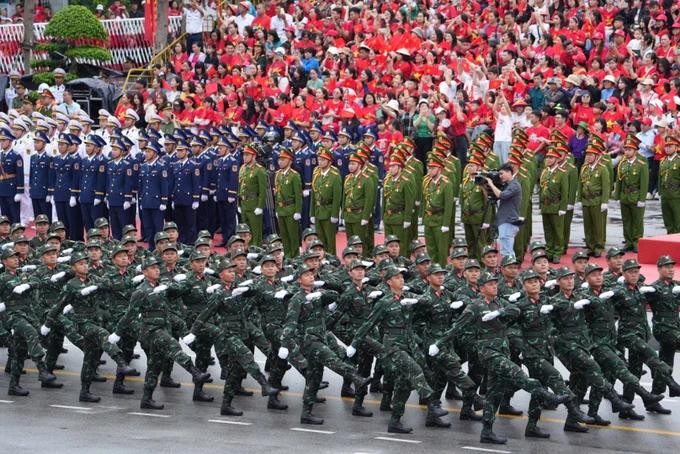
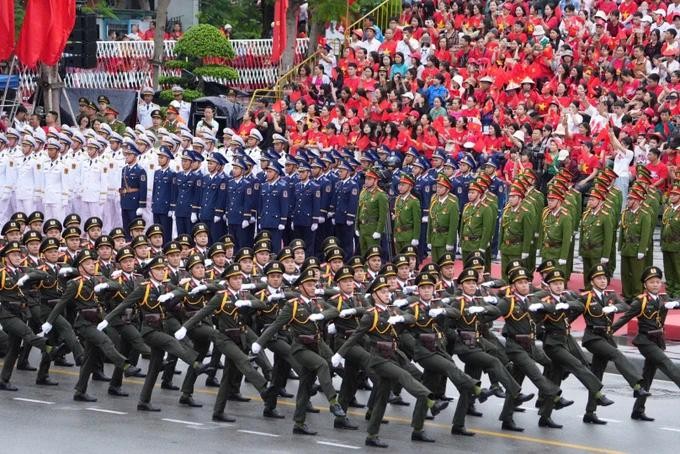
According to Vice Chairman of the Hai Phong City People's Committee Hoang Minh Cuong, the struggle for the liberation of Hai Phong is a testament to the strength of the great national unity bloc, affirming the unyielding will in the fight, the unwavering faith in the Party and the revolutionary path, contributing to the glorious victory of the Vietnamese nation, opening a new chapter and a new era of growth in the history of the Party organization, the revolutionary movement, and Hai Phong City. Seventy years have passed, and today Hai Phong is not only the city of ships and waves but also a vivid symbol of far-reaching aspirations and accelerating development, living up to the proud tradition.
